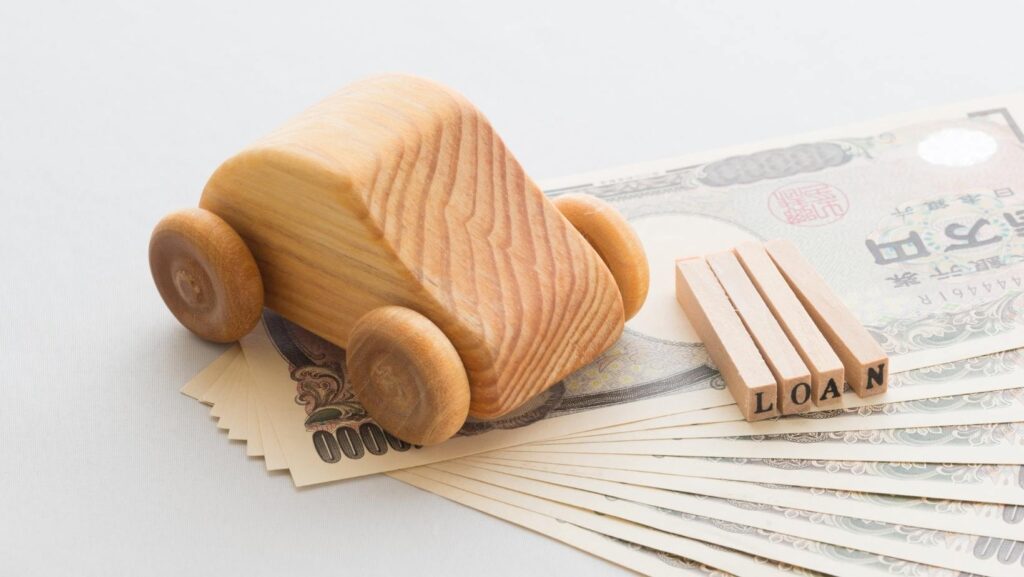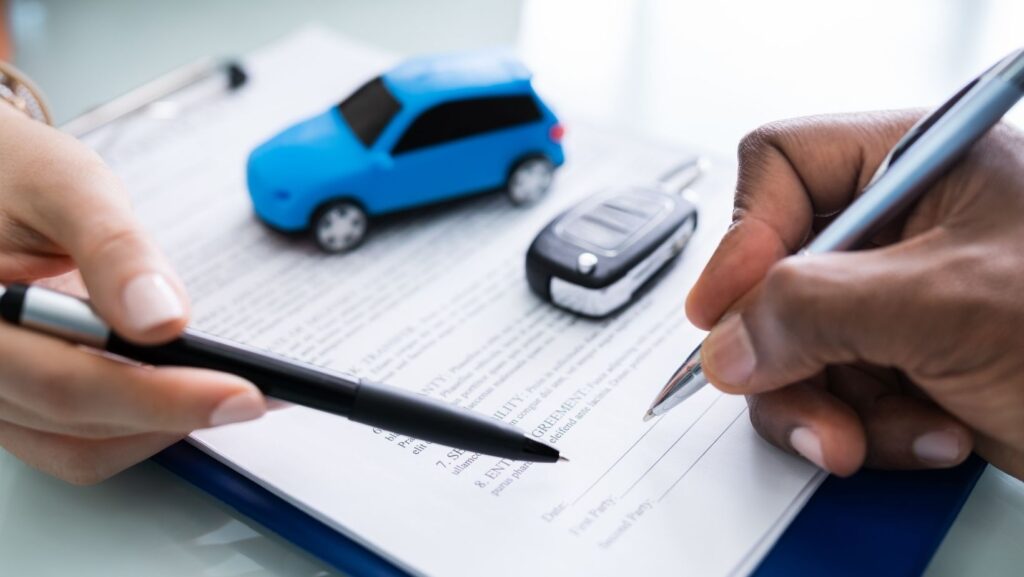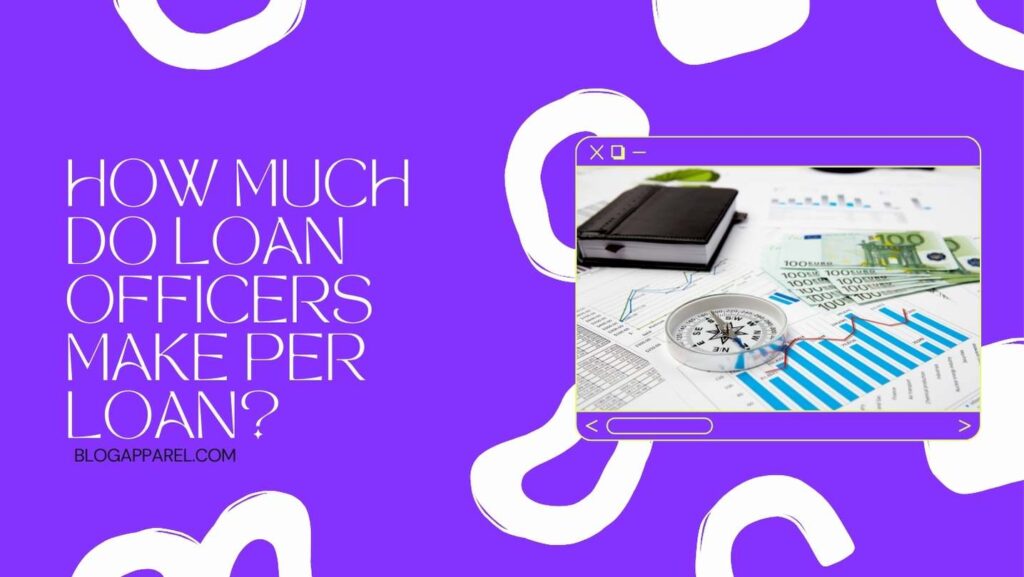Auto loans can be variable or fixed, offering borrowers flexibility. Fixed-rate loans maintain the same interest rate throughout the term, ensuring consistent payments. Variable-rate loans, however, adjust with market rates, which can change payment amounts over time.
What is a variable rate loan?
A variable-rate loan is a type of loan in which the interest rate can fluctuate over time based on underlying benchmark interest rates or market conditions. The borrower’s monthly payment amounts can vary, potentially rising or falling with rate changes. Such loans offer the possibility of lower interest costs when rates decrease but also carry the risk of higher payments if rates climb. They are common in mortgages, credit lines, and some personal and auto loans, providing flexibility in response to economic shifts.
How Do Variable-Rate Car Loans Work?
Unlike fixed-rate car loans, where the interest rate stays the same throughout the loan term, variable-rate car loans offer a dynamic interest rate that can fluctuate. This fluctuation is tied to a benchmark rate, often the lender’s prime rate, which adjusts based on market conditions.
How It Works: Interest on the Move
| Initial Rate: | Your initial interest rate is determined by your creditworthiness, loan terms, and the current prime rate. It may be lower than a fixed rate initially. |
| Rate Adjustments: | The interest rate on your loan will be adjusted periodically (usually monthly or quarterly) based on changes in the prime rate. |
| Impact on Payments: | If the prime rate increases, your interest rate and monthly payment will go up. Conversely, a decrease in the prime rate lowers your interest rate and payment. |
Considerations Before You Choose
| Market Predictions: | If you believe interest rates will stay low or even decrease during your loan term, a variable rate could save you money. |
| Budgeting Challenges: | Fluctuating payments can make budgeting trickier. Consider if you can handle potential payment increases. |
| Interest Rate Caps: | Some variable-rate loans come with caps that limit how high the interest rate can go, offering some protection. |
Choosing a variable-rate car loan requires careful consideration of your financial situation and market outlook. You can make an informed decision by understanding how these loans work and the potential risks and rewards.
Advantages and Disadvantages of Variable-Rate Car Loans

Variable-rate car loans offer an enticing prospect: potentially lower interest rates than fixed-rate loans. However, this flexibility comes with its own set of challenges. Let’s explore the advantages and disadvantages of variable-rate loans to help you decide if they’re right for you.
Advantages: Potential Savings and Flexibility
| Lower Starting Rates: | Variable rates are often lower than fixed rates initially, which can translate to significant savings on interest payments, especially early in the loan term. |
| Flexibility for Early Repayment: | Some variable-rate loans allow for extra repayments without penalty. This can help you pay off the loan faster and save even more on interest. |
| Potential for Rate Drops: | If market conditions cause interest rates to fall, your loan’s interest rate and monthly payment will decrease as well. |
| Important to Consider: | These advantages hinge on future interest rate movements, which can be unpredictable. |
Disadvantages: Budgeting Uncertainty and Potential Risks
| Unpredictable Payments: | The biggest drawback is the fluctuating interest rate. Rising rates can lead to higher monthly payments, straining your budget. |
| Risk of Underwater Loan: | If interest rates rise significantly, you could end up owing more on your loan than the car’s actual value (being underwater). |
| Limited Protection: | While some loans offer interest rate caps, these may not fully shield you from substantial rate increases. |
Remember: A variable-rate loan is best suited for borrowers with good financial stability who can handle potential payment fluctuations.
What is a Fixed Rate loan?
A fixed-rate loan offers stability and predictability. Initially, the interest rate you lock in stays the same for the entire loan term. This means your monthly payment remains constant, making budgeting easier. While you won’t benefit if interest rates drop, you’re protected from future increases that could strain your finances. Fixed-rate loans are ideal for those who prioritize peace of mind and dislike surprises regarding loan payments.
How Do Fixed-Rate Car Loans Work?
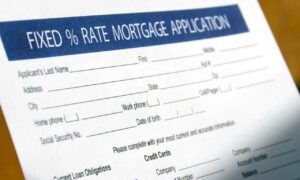
Fixed-rate car loans provide borrowers with stability and predictability in their financing plan. Unlike their variable-rate counterparts, these loans maintain the same interest rate throughout the loan’s term, ensuring that monthly payments remain constant.
Stability in Payments
| Predictable Budgeting: | The primary advantage of fixed-rate loans is the ability to budget with certainty. Borrowers know exactly how much they need to pay each month, facilitating financial planning and management. |
| Immunity to Market Fluctuations: | Fixed rates are not affected by changes in the market interest rates. This means even if market rates soar, your loan payments won’t increase, providing a shield against economic volatility. |
Fixed-rate car loans are ideal for individuals who value consistency over the potential for fluctuating payment amounts. They offer a straightforward approach to financing, allowing borrowers to lock in a rate at the outset and enjoy the peace of mind that comes with knowing their payments will not change over time.
Advantages and Disadvantages of Fixed-Rate Auto Loans
Fixed-rate auto loans are popular choices for individuals seeking stability in their financial planning. These loans maintain a consistent interest rate throughout the loan term, offering predictability but also some limitations.
4 Advantages of Fixed-Rate Auto Loans
| Predictability: | The primary benefit is the predictability of monthly payments. Borrowers can budget with conf |
| Protection Against Rising Rates: | Fixed rates provide a safeguard against the potential rise in interest r |
| Simplicity: | Fixed-rate loans are straightforward and easy to understand, making them an attractive opt |
| Long-term Savings: | In a high-interest-rate environment, securing a fixed rate can lead to significant long-term savings compared to variable-rate loans that might increase. |
4 Disadvantages of Fixed-Rate Auto Loans
| Higher Initial Rates: | Often, fixed-rate loans come with higher initial interest rates compared to their variable-rate counterparts, which might mean higher monthly payments at the outset. |
| Missed Opportunities: | Should interest rates fall, borrowers with fixed-rate loans won’t benefit from reduced payments, unlike those with variable-rate loans who would see their interest costs decrease. |
| Prepayment Penalties: | Some fixed-rate loans come with prepayment penalties, discouraging or penalizing borrowers for paying off the loan early and limiting financial flexibility. |
| Less Flexibility: | Fixed-rate loans offer less flexibility compared to variable-rate loans, which might adjust downward in favorable market conditions, providing potential savings. |
Variable vs. fixed rate loan: Which is better?
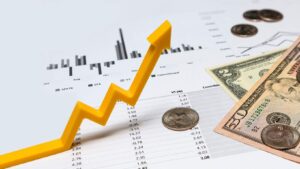
Choosing between a fixed-rate and variable-rate loan depends on several factors specific to your situation. Here’s a breakdown to help you navigate this decision:
- Term Length: Consider the loan term. If you plan to repay the loan quickly (shorter term), the interest rate may have less impact, potentially making a variable rate with its initial lower rate more appealing. For longer terms, the stability of a fixed rate might be preferable.
- Lender Fees: Compare lender fees associated with both loan types. While a variable rate might offer a lower initial interest rate, it could incur higher origination fees or prepayment penalties. Factor these fees into your overall loan cost comparison.
- Expected Income: Analyze your expected income stability. Potential future interest rate hikes with a variable loan may be manageable if you anticipate steady or increasing income. However, if your income is unpredictable, the security of a fixed rate can provide peace of mind.
Think of a fixed-rate loan as a steady climb up a mountain with a clear path. A variable-rate loan is like hiking a scenic route with potential detours—the view might be better initially, but the path can be unpredictable.
Ultimately, the best choice depends on your risk tolerance, financial goals, and future outlook. A fixed-rate might be ideal if you prioritize stability and dislike surprises. A variable rate is an option if you’re comfortable with some risk and aim to save money upfront. Discussing your situation with a financial advisor can help you make an informed decision.
FAQs
When is the first payment due on a car lease?
The first payment is typically due at lease signing or within a month of taking possession of the car.
Where can I find my car loan agreement?
Your car loan agreement can be found with your lender’s documents, either online through their website or by contacting them directly.
How do I know if my car loan was approved?
You will receive a notification from your lender through email, a phone call, or postal mail confirming your loan approval.
When will my car payment come out?
Your car payment date is set in your loan agreement, often every month from when the contract was signed.
Is an auto loan typically offered with a fixed or variable interest rate?
Auto loans are usually offered with fixed interest rates, meaning your rate stays the same throughout the loan term.
Can I choose a variable rate for my auto loan?
While less common, some lenders may offer variable-rate auto loans. It’s essential to check with your lender for available options.
How does a fixed-rate auto loan differ from a variable one?
A fixed-rate loan has the same interest rate and monthly payment for the life of the loan, while a variable-rate loan can fluctuate based on market changes.
What are the benefits of choosing a fixed-rate auto loan?
A fixed-rate auto loan offers stability with predictable monthly payments, making budgeting for your vehicle expenses easier.

